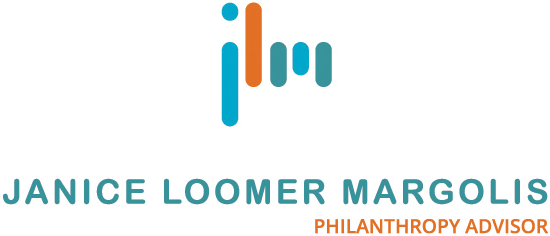Often people think that before they can embark upon an initiative, they have to have everything all figured out.
When it comes to carrying out a philanthropy plan for making a difference in the community, however, it is not necessary to have all the planks perfectly in line. You don't need to know exactly how much you will be contributing, or whether you have to have your own foundation, or even exactly where and to what you will make your contributions over the long term. There is a lot of room to plan for flexibility and to test things over the short term.
For example, if you are unsure about the amount you ultimately want to contribute to charitable projects, you can donate as much as you like at the outset - perhaps an amount that makes sense for your tax situation in a particular year (for instance a year when you sell property or a business and there are resulting taxes payable). Many people don’t want to go through a full evaluation of exactly how much they will need over their lifetime and exactly how much they want to transfer to their children. They know, however, that they will have some money to give to charity and they can contribute this amount at the beginning.
And you don’t have to set up your own private foundation at the outset – even if you think that eventually you might like a separate foundation. There are a variety of donor-advised fund options offered by community foundations and by financial institutions. Each organization offers different fee structures and flexibility and most will allow you to move the funds to a private foundation in the future if you choose. (In a future blog I will describe more about the considerations between holding your funds in a donor-advised fund and in your own private foundation.) In this way, you can get a sense of how it feels to work with a fund framework and the community foundation or financial institution will take care of the administrative details and may also be able to assist with guidance on making grants.
Furthermore, you may consider how you want to have an impact in the short term without fully developing a long term plan. In this way you can monitor the impact that initial grants are having and can flesh out your plan based on your experience.
It is still important to go through a process to articulate your values and general desired impact and where appropriate to engage your family in this activity. A thoughtful vision and mission statement will guide the processes for an effective giving plan.
This important planning will set you on your way without having to have all the answers around the structure and ultimate value and direction of your philanthropy. And as you enjoy your philanthropy in the short term, your understanding will grow and longer term decision-making will be much easier.
Yes - even without all the planks lined up at the beginning, you can still envision and eventually reach a rewarding outcome.
For more information on how I work with clients to assist them to give with heart and for impact please visit the approach and services pages of my website.

